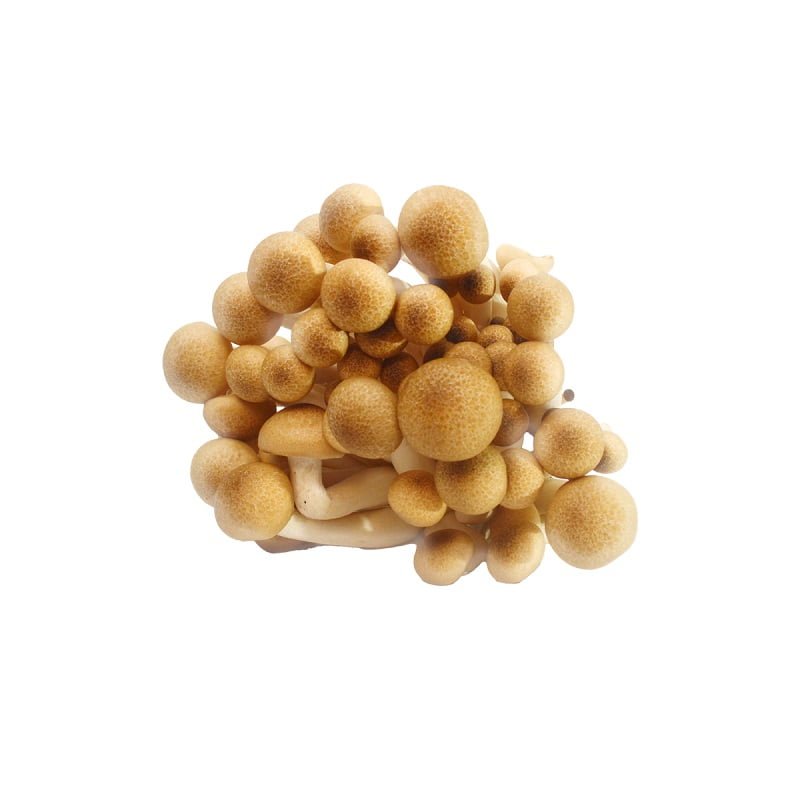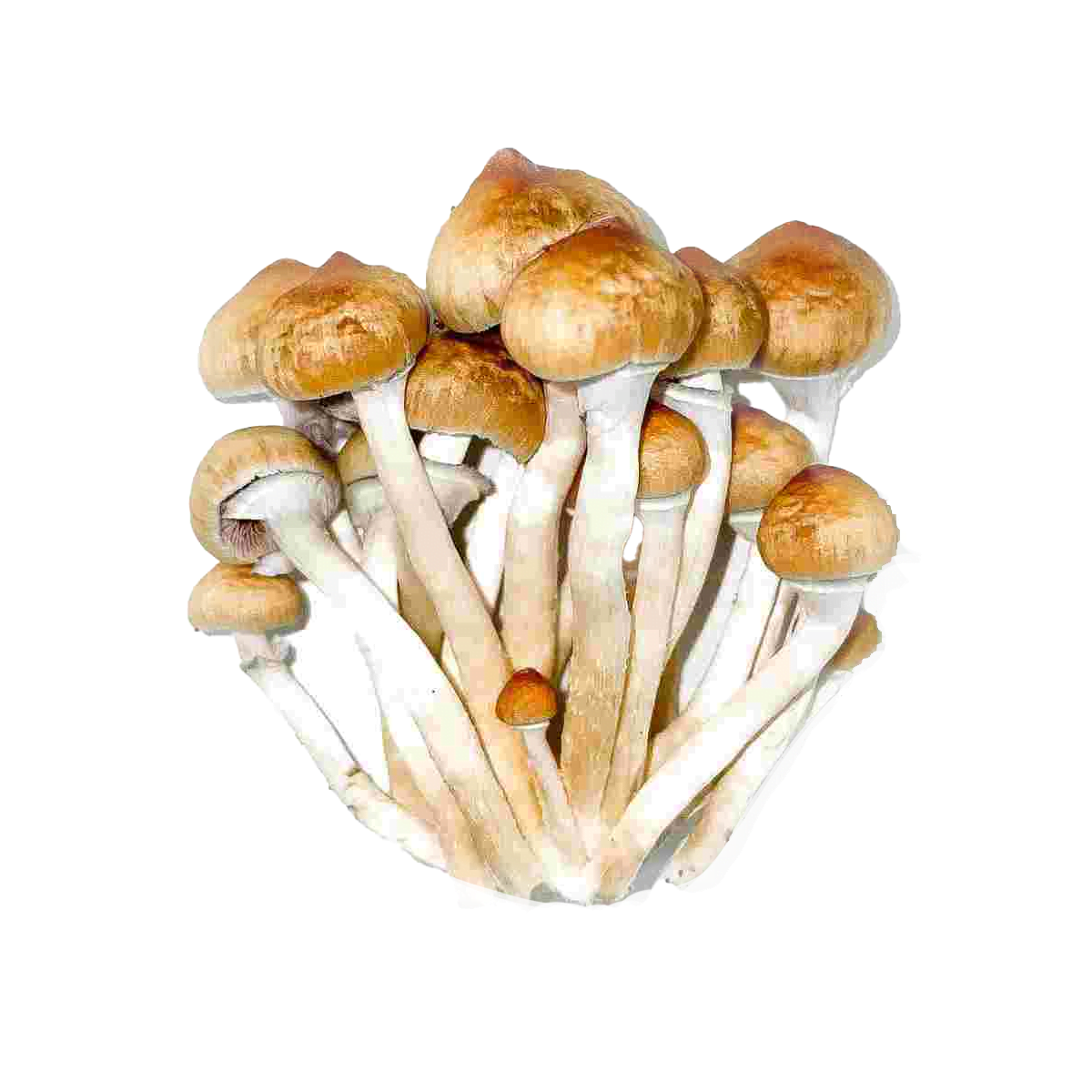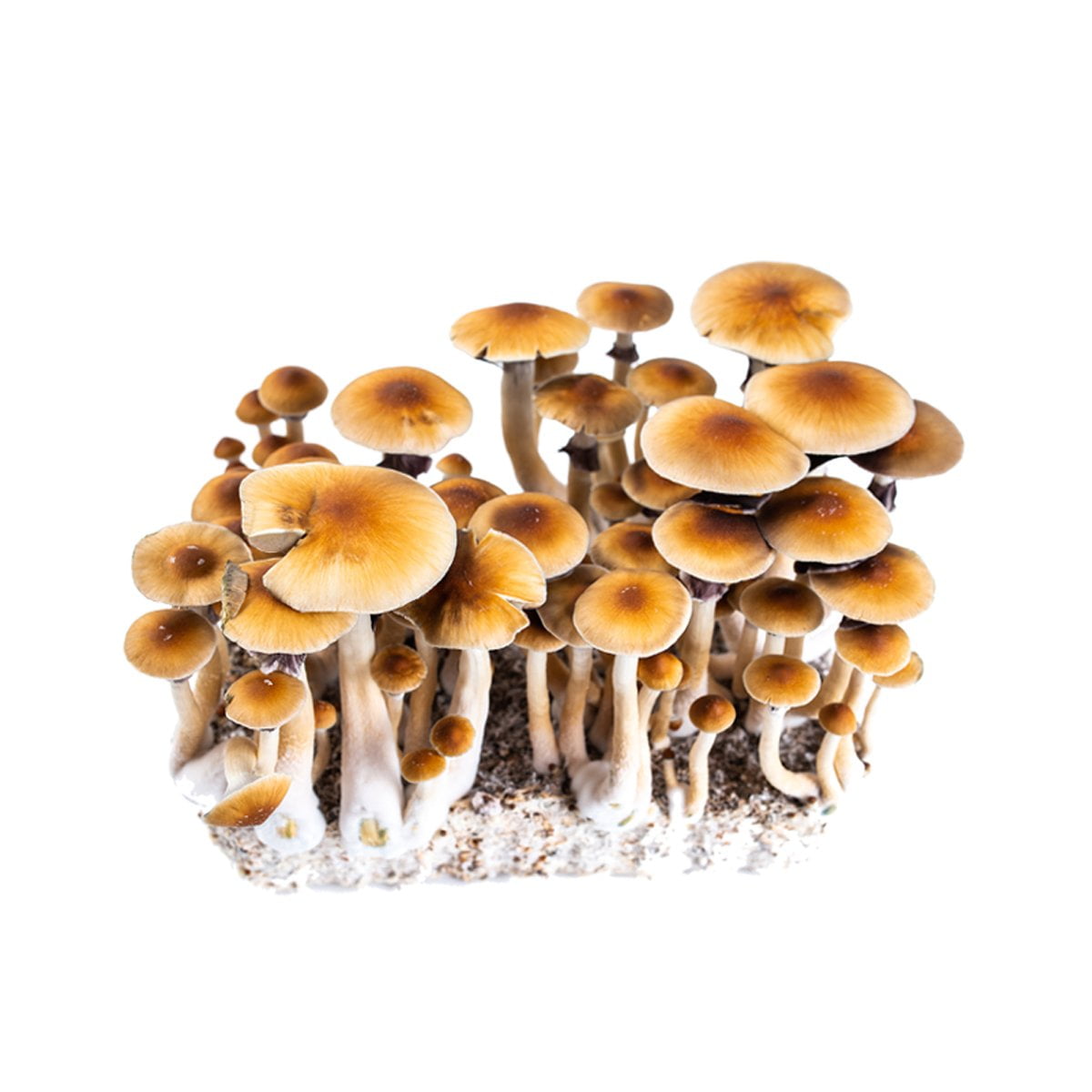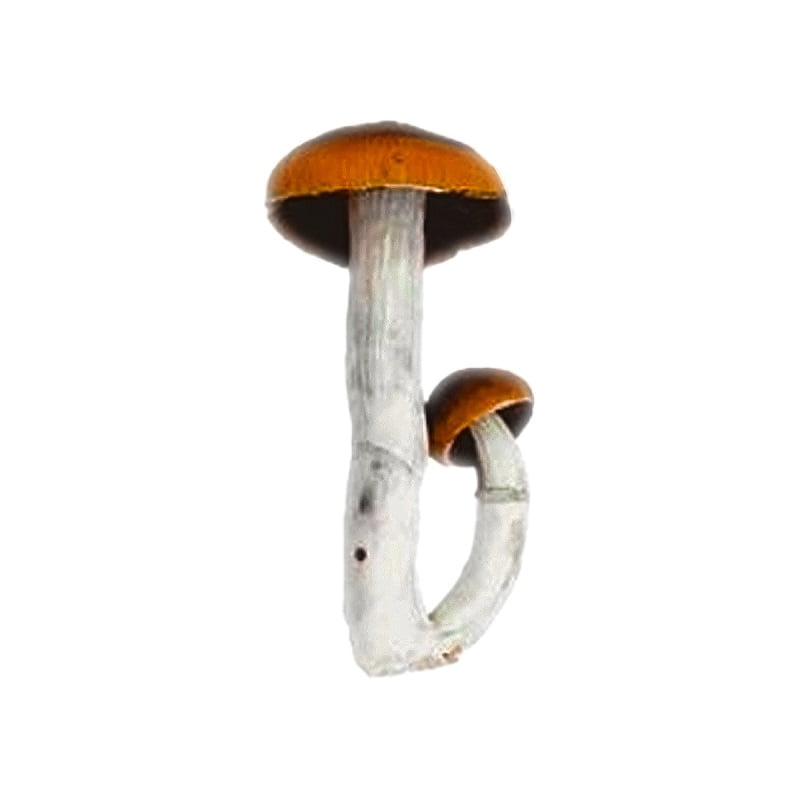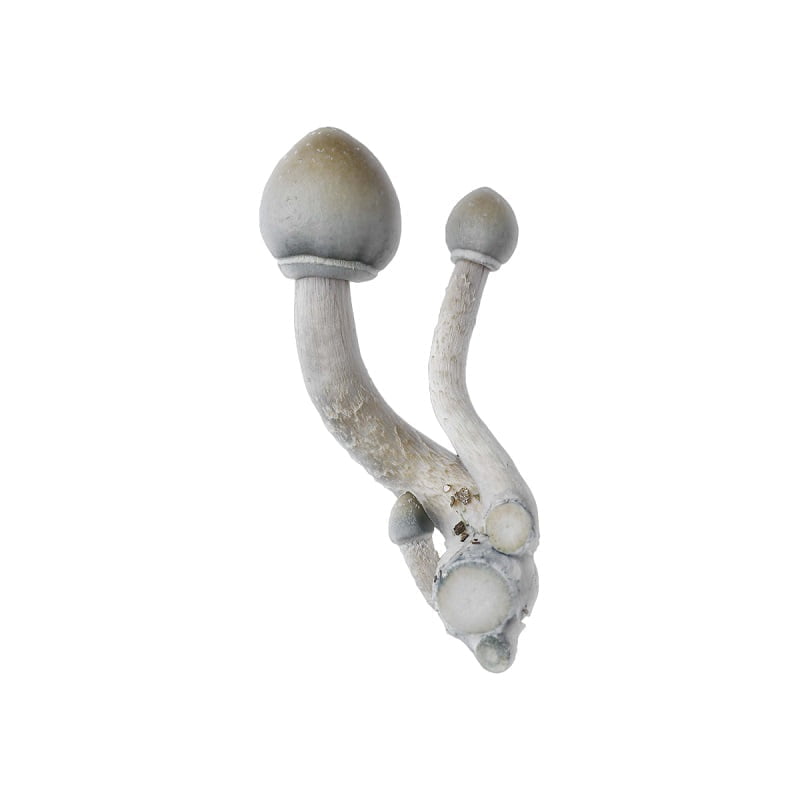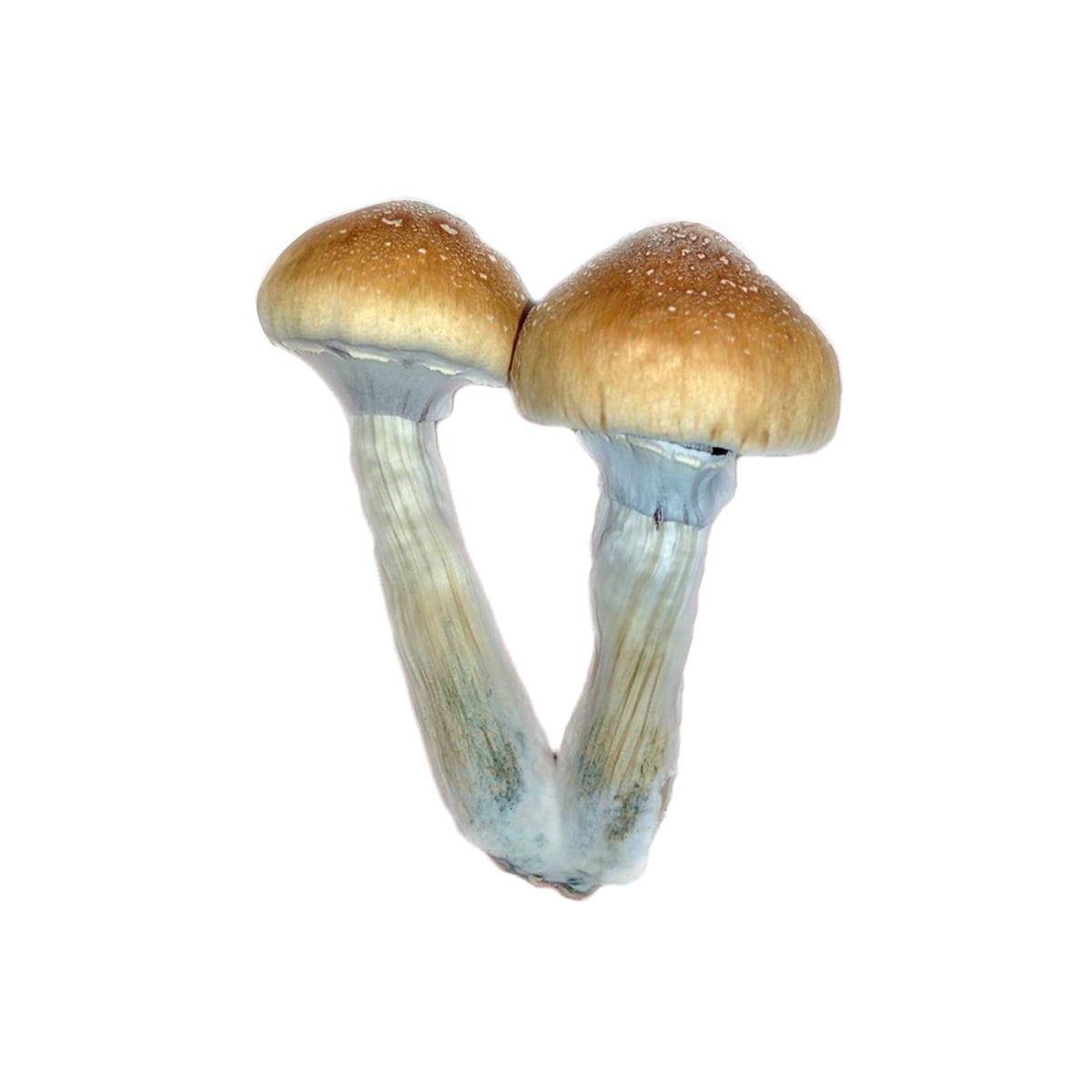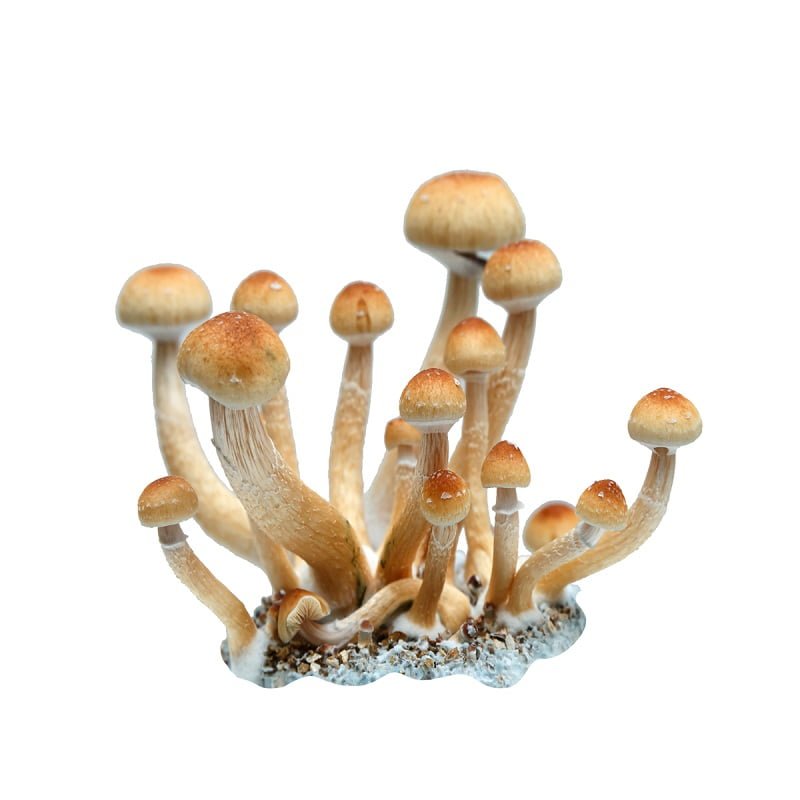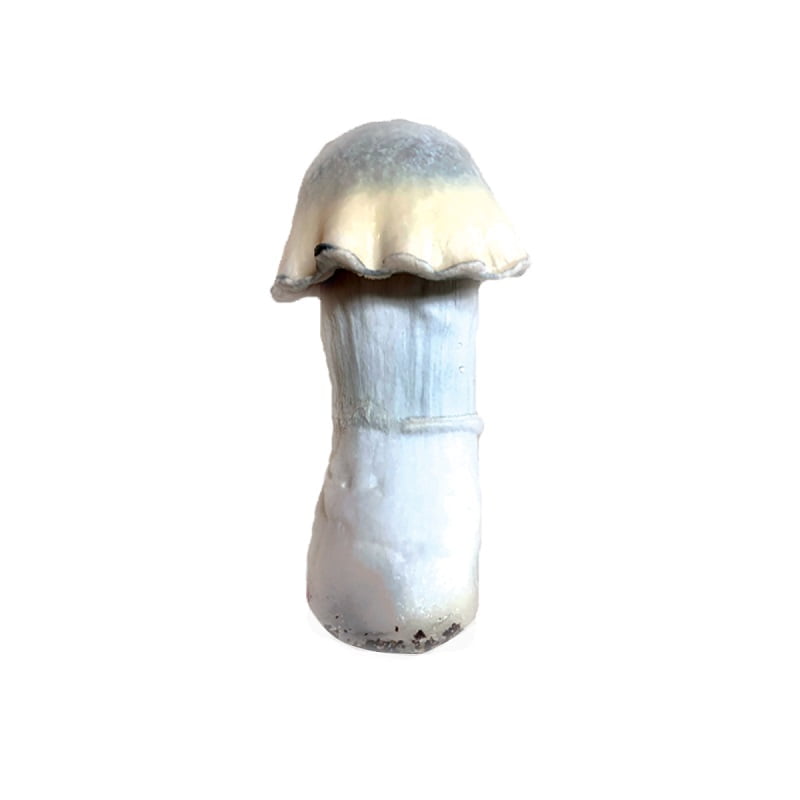Description
The Orissa India strain of Psilocybe cubensis, with roots in the biodiverse region of Odisha, India, is a subject of fascination in the mycological community for its distinct traits and rich historical context. These spores are distributed strictly for academic and research-oriented studies.
Origin and Significance
Originating from the vibrant landscape of Odisha, the Orissa India strain enriches the spectrum of Psilocybe cubensis diversity. This strain’s emergence from a region known for its lush climate contributes to the understanding of the environmental influences on fungal genetics and morphology.
Physical and Morphological Distinctions
Under microscopic examination, Orissa India spores reveal a robust and vigorous profile. Researchers note the strain’s large, expansive spore structures, a trait that sets it apart within the Psilocybe cubensis family. The substantial size and varied hues of these spores provide a unique opportunity to study the morphological intricacies and variations of this species.
Cultural and Ethnobotanical Dimensions
The discovery of the Orissa India strain offers insights into the global historical narrative of psychoactive mushrooms. While India’s traditional use of these fungi might not be extensively documented, the strain’s presence underscores the widespread and culturally rich history of psychedelic fungi, enhancing our comprehension of their ethnobotanical significance across diverse cultures.
Genetic and Mycological Relevance
In the realm of fungal genetics and mycology, the Orissa India strain is pivotal. Its unique genetic makeup and morphological traits contribute to the broader study of Psilocybe cubensis genetics, adaptive mechanisms, and evolutionary patterns.
In conclusion, the Orissa India variant of Psilocybe cubensis is a cornerstone in the intersection of nature, culture, and scientific inquiry. Its distinguished morphological characteristics, psychoactive substance profile, and historical roots render it an invaluable asset for scientific, educational, and mycological studies. As a beacon in the exploration of fungal biology and psychopharmacology, the Orissa India strain exemplifies the intricate relationship between the natural world and human understanding, continually enriching our knowledge of psilocybin mushrooms and their myriad implications.

